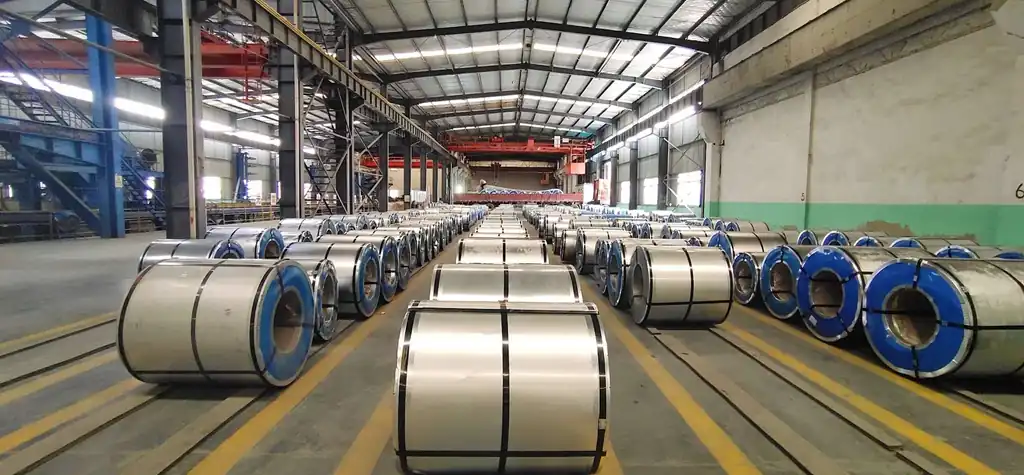Silicon steel grade magnesium oxide (MgO) plays a crucial role in silicon steel, especially in the manufacturing process of grain-oriented silicon steel, where it is an indispensable barrier coating material for high-temperature annealing. Its main functions revolve around protection, isolation, and promoting grain orientation, among others. Below is a detailed breakdown of its mechanism of action:

1. Acting as an Isolation Coating for High-Temperature Annealing
During the continuous annealing process of silicon steel, magnesium oxide is uniformly sprayed onto the steel plate surface, forming a “protective barrier” that serves the following purposes:
- Preventing Surface Adhesion of Steel Plates:
At high annealing temperatures (typically 1000~1200°C), direct contact between steel sheets can easily lead to intermetallic diffusion and welding adhesion. MgO isolation powder effectively blocks direct contact between adjacent steel sheets, preventing sticking. - Reducing Surface Oxidation of Steel Plates:
Magnesium oxide reacts with the steel surface at high temperatures to form a certain reaction layer (such as Mg₂SiO₄), which to some extent isolates the silicon steel from the erosion of residual oxygen in the atmosphere.
2. Promoting the Formation of a Second-Phase Glassy Coating
During high-temperature annealing, magnesium oxide chemically reacts with residual silicon and iron oxides on the silicon steel surface to generate glassy substances. This reaction forms a transparent and dense glassy film with the following advantages:
- Improving Coating Adhesion:
It prevents subsequent coating detachment and enhances the bonding force between the coating and the steel plate. - Inhibiting Grain Boundary Migration:
It stabilizes grain growth and prevents the appearance of abnormal grains, thereby improving the uniformity of magnetic properties. - Improving Insulation and Surface Treatment Performance:
The glassy coating has good insulation properties, laying the foundation for subsequent coating processes (such as tension coating and insulation coating).
3. Regulating Grain Orientation Growth (Promoting Goss Orientation)
The excellent magnetic properties of silicon steel mainly come from the ordered arrangement of its Goss grains ({110}<001> orientation). In high-temperature annealing, magnesium oxide participates in the mechanism of selective grain growth:
- The Glassy Film Restricts the Growth of Non-Goss Grains.
- Under appropriate stress and temperature conditions, it promotes the preferential growth of Goss-oriented grains.
Therefore, magnesium oxide indirectly affects the key performance indicators of the final silicon steel, such as magnetic induction and iron loss.
4. Maintaining the Dimensions and Surface Flatness of the Steel Plate
Because magnesium oxide exists as an isolation powder between the steel plates, it helps to:
- Buffer thermal stress and prevent thermal deformation.
- Stabilize the shape of the steel plate and reduce waviness and warpage.
- Improve the flatness and rolling stability of the steel plate after annealing.
